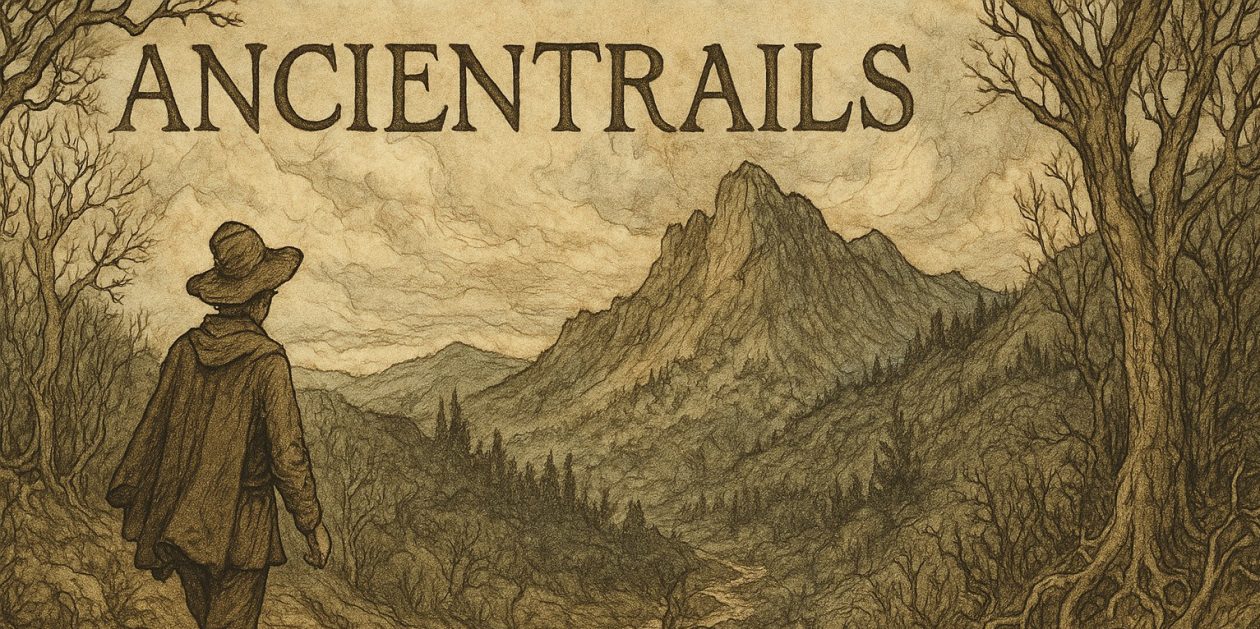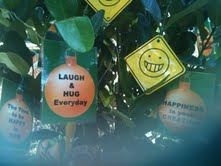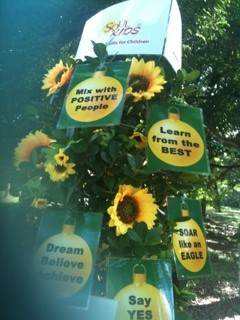Winter Moon of the Winter Solstice
Today is distribution day for the manuscripts of Missing. As I said before, I have some anxiety about this, but I know that facing this anxiety and going ahead anyhow is its only solvent. It’s exciting to me to be 65 and still have cutting edge growth on my platter. The anxiety is merely a mental clue that this work matters to me. A lot.
On my platter. A cliche. Yes. But meaningful, as many cliches are. Overly the last year I’ve though about my platter, just what I want to serve myself every day. What are the main food groups in my day to day life. Let’s assume the broad base of the food pyramid consists of family, financial matters, home, food and exercise. This is the stuff that forms the essential nutrition. Next up from this base level are dogs, garden, bees, Woolly Mammoths. Friendly and interdependent relationships with other humans, animals, insects and plants. This level provides intimate feedback on a regular basis.
Then come increasingly idiosyncratic activities: reading, watching movies, listening to music, visiting art museums, travel. Finally come the core activities in which I not only participate but actively create: this blog, writing novels, translating Latin and putting together tours at the MIA. Oh, well, the food pyramid breaks down here. Maybe Maslow’s hierarchy does a better job at this juncture.
These last three writing, Latin and art have become the arenas in which I express the creative, generative aspects of myself, those aspects Maslow calls self-actualization. Utilizing either the food pyramid or Maslow, engaging this work is only possible if the base, the friendly and interdependent and, too, the more solitary levels are in place and functioning. Then the work that becomes play, the work that transcends labor can happen.
Latin, art and creative writing. These are now the core of my work and, I think, will remain so for as long as I’m healthy.



